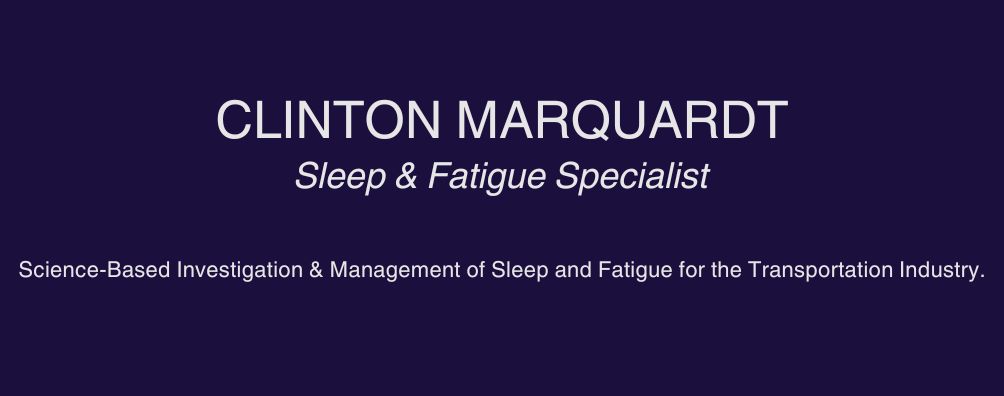Nocturnal eating syndrome is also called Dagwood Syndrome. It’s named after the famous Blondie comic strip character, Dagwood Bumstead, who loved to make and eat multilayered sandwiches topped with an olive on a toothpick. People suffering from Dagwood Syndrome wake up and can’t fall back to sleep until they have had something to eat or drink. After the midnight-munchin’ they can usually fall back to sleep without any problems.
Nocturnal eating syndrome is common with very young children. Babies normally wake up to nurse. It becomes a problem when the pattern continues, or develops, after the nursing has stopped. Parents often play a big role in perpetuating the problem. When children wake up to eat or drink during the night, parents often oblige. As a result, the child’s brain learns to wake up, eat and then get rewarded by the experience of pleasurable feelings that come from eating. The awakening for food quickly becomes part of their routine. Luckily it is usually outgrown.
Dagwood Syndrome is rare in adults, but they too can awaken several times during the night craving food. We once had a patient in our lab who slept with her hand in a bag of potato chips. She awoke several times during the night to consume food and then fell back to sleep. In the morning there were stashes of airplane peanuts, cookies, and other treats found under her pillow. The bed was full of crumbs. The patient simply could not fall back to sleep without eating something. She felt more secure having her food with her in bed for her ravenous awakenings.
Several factors may contribute to adult Dagwood Syndrome. Nocturnal eaters tend to have poor sleep habits. For a list of good sleep habits, click here. People who have irregular meal and work schedules (especially shift-workers) tend to be more susceptible to nocturnal eating. Obese individuals and those who lack normal recognition of hunger signals can also be predisposed to the disorder. If you think you have Dagwood Syndrome, see a sleep professional and have your blood-glucose levels checked. A referral to a sleep clinic for overnight testing may also be warranted.
Cognitive behavioural therapy (CBT) can help with this problem. The goal of the therapy is to eliminate the need for food during awakenings and to separate the association of sleep with eating so that food is no longer needed in order to fall back to sleep.
Thanks to L. Orr, BA, RPSGT for her help with this article.


